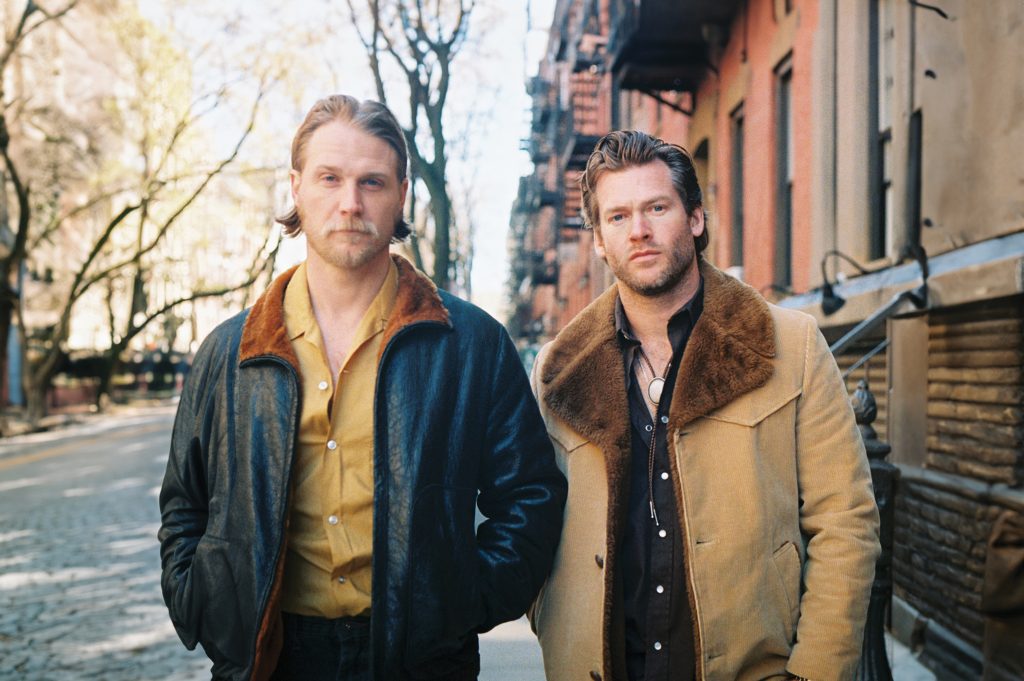
Monarchs receive nourishment from mistflower, lantana, and other flowers. Photo courtesy National Butterfly Center.
Around this time every year, up to 500,000 monarch butterflies start arriving in Texas, migrating 1,600 miles from Canada and the northern United States down south to Mexico, fueling up on nectar from mistflower, lantana, and sunflowers along the way.
Texas has the greatest concentration of these iconic pollinators of any state. This is because monarchs, sporting orange wings laced with black lines and bordered with white dots, stick to two main corridors that converge in the Lone Star State. The first group funnels through the Central Texas corridor, which follows a similar path to Interstate 35 and stretches from Wichita Falls to Eagle Pass. These majestic migrators usually arrive in Texas in the last days of September through Columbus Day, Oct. 12. The next group takes the Gulf Coast route, entering the state around the third week of October and heading to the Sierra Madre Mountains in the states of Mexico and Michoacán, west of Mexico City, by the middle of November.
What may be surprising is no individual butterfly completes the entire round trip. A monarch’s lifespan is less than two months, and female monarchs lay eggs for the next generation on their north-bound migration. Therefore, four generations can take part in the annual cycle.
There are many factors that can wreak havoc on the butterflies’ travel plans and pathways, such as wildfires, hurricanes, cold snaps, heat waves, and human interference. Also, milkweed, which has nutrients butterflies need for their caterpillars, is in decline.
Marianna Trevino-Wright, executive director of the National Butterfly Center in Mission, says the “unholy trifecta of drought, disease and development” put the monarch populations particularly at risk. “It’s the loss and lack of the availability of milkweed plus drought, development, and habitat destruction,” she says. “The species itself is not in danger; it is globally secure. What is threatened is the transnational migration. It could come to an end in our lifetime.”
Come late March, the butterflies return north and pass through Texas again. During the fall migration, there are many places across the state to view the monarchs—or at least learn more about their lives, journeys, habitats, and cycles. Follow the Texas trail of the monarchs with these events and virtual activities.
Grapevine
The 23rd annual Butterfly Flutterby, which this year celebrates the “Spirit of the Monarch,” offers both virtual and in-person events Oct.1-17. There will be live-streamed butterfly releases and virtual art and costume contests. At the Tower Gallery on South Main Street, visitors can see a special monarch-themed exhibit, butterfly plants and habitats, and a live butterfly display.
Mission
On Oct. 3, the National Butterfly Center hosts an open house and fall primer about the butterflies, birds, and blooms to watch this season. Guided walks, a native plant sale, and kids’ crafts are also on the schedule of events.
McKinney
The Heard National Science Museum and Wildlife Sanctuary has a Native Texas Butterfly Garden and House open now through Oct. 4. Stroll among the free-flying native butterflies and other pollinators. The garden is filled with host plants that naturally draw in butterflies and may inspire the creation of your own butterfly habitat.
Fredericksburg
For a fun and educational event for the whole family, Wildseed Farms, the largest working wildflower farm in the United States, celebrates the monarch migration on Oct. 10 with tagging demonstrations and butterfly releases.
Virtual
Texas Parks and Wildlife hosts the Texas Pollinator BioBlitz virtually this year Oct. 2-18. Participants of all ages are encouraged to observe and identify pollinators and nectar-producing plants and to take photos that can be shared with friends and posted on Instagram, iNaturalist, or the Facebook event page.
The Texas Butterfly Ranch presents its fifth annual Monarch Butterfly and Pollinator Festival starting Oct. 10. There’s access to DIY Pollinator videos, virtual classes for all ages, and a presentation on Texas-hardy and native flowering plants that provide food and nectar for monarchs and other pollinators. As a gesture of hope and healing, all 600 butterflies tagged honor the names of those lost to COVID-19, social injustice, and other causes.








